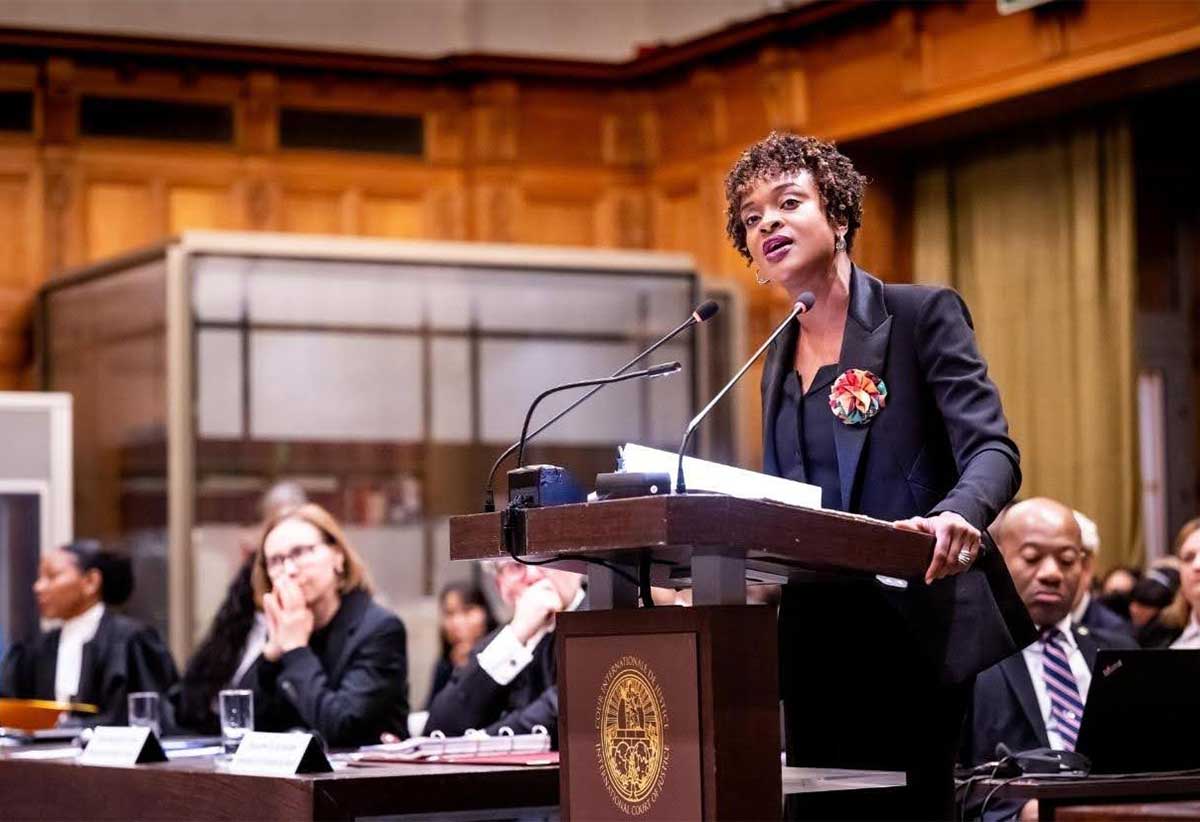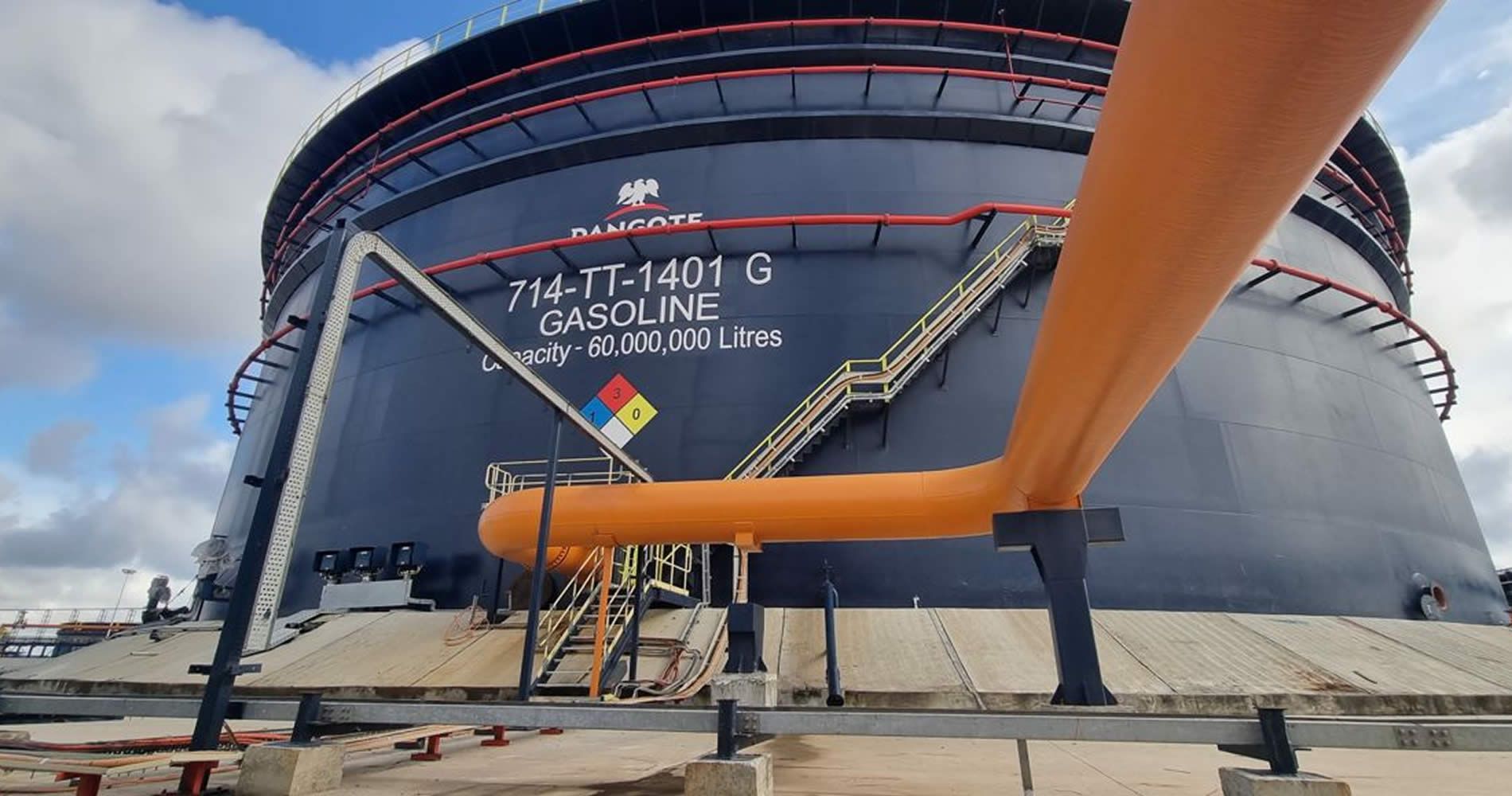Helen’s Plea for Climate Justice before the International Court of Justice (ICJ) | Part 3
By Dr Jan Yves,VP Digital
Copyright thevoiceslu

1) Identifying the Obligations Owned Comprehensive without Being Sprawling
In answering the first question – what are the obligations owed by States to each other as well as present and future generations – we focused on a defined set of obligations and principles, without pretending to be exhaustive.
We decided to start with the obvious – the climate treaties, including the UNFCCC and Paris Agreement as the backbone, with the principle of Common But Differentiated Responsibilities and Respective Capabilities (CBDR-RC) as the foundation. That principle, we reminded the Court, is key to understanding what duties are owed to SIDS that historically and currently make no contribution to climate change, and which have least resources to address its impacts. We emphasized that, far from just imposing procedural and non-binding obligations – for instance to prepare and implement nationally-determined contributions (NDCs) and aspire to meet temperature goals based on the best available science – these treaties are binding and not merely aspirational. We submitted an Annex with a full list of provisions that name or prioritize SIDS, as well as articulate the duties on developed States to comply with their obligations of mitigation and adaptation, and in particular provide finance, technology, and capacity-building to prevent and deal with the consequences of climate change.
In addition to the climate treaties, we also referenced unwritten rules of customary international law—mindful of concerns among some SIDS that these rules might be portrayed as softer and more discretionary than they truly are, and therefore displaced by obligations that many developed countries considered more relevant but which were ultimately less stringent. We highlighted in particular the duties to prevent significant transboundary harm and to cooperate as customary anchors applying to both the atmosphere and the high seas. We framed these as obligations of stringent due diligence, requiring States to use all appropriate means available to them, proportionate to the level of risk, the timeframe, and their capabilities.
Finally, we turned once again to the sea. We reminded that Court that Saint Lucia is a member of COSIS, which had brought a similar request before the Tribunal on the Law of the Sea (ITLOS). We asked the Court to read its provisions, especially Articles 192-194, in light of contemporary science, recognizing GHG emissions as “pollution of the marine environment.” With that framing, the UNCLOS duties to prevent, reduce, and control pollution became directly relevant to climate conduct. We flagged the pending ITLOS Advisory Opinion (delivered May 2024), which we expected to endorse this approach.
In interpreting all of these rules and norms, we urged the Court to apply the Vienna Convention on the Law of Treaties interpretive principles — a context-sensitive, teleological reading consistent with the object and purpose of the various Agreements. We emphasized “systemic integration”: the need for the Court to read the relevant climate treaties together with the UN Charter, UNCLOS, customary law, and human rights, rather than in silos. We cited the International Law Commission’s work on Protection of the Atmosphere, which cautions against fragmentation and highlights the salience of vulnerable groups, including SIDS.
2) Legal Consequences — “Then What?”
Saint Lucia also addressed the second part of the Court’s question: what legal consequences follow from the breach of any obligations found to apply?
We grounded our answer in the ILC Articles on State Responsibility (ARSIWA), and pointed the Court to its own environmental jurisprudence on how remedies operate in environmental harm cases. Under these rules, we argued that breaches of climate obligations trigger obligations to continue performing all obligations under international law; to cease any continuing unlawful acts; to offer assurances and guarantees of non-repetition; to and provide full reparation for injury caused by the wrongful act — through restitution, compensation, and satisfaction. We sought to catalogue the real-world application of these rules in our regional context: restitution should mean reducing emissions (per UNFCCC/Paris Agreement and NDCs), and providing support to our islands (finance, capacity building, technology transfer); compensation should encompass ongoing harm, including financing for the Loss and Damage Fund that Caribbean countries have supported; and satisfaction might take the form of acknowledgment, apology, or expression of regret for those most responsible for causing climate change, which we linked to the Caribbean’s demands for reparatory justice. Quoting Saint Lucian Ambassador Dr June Soomer, the UN Permanent Forum for People of African Descent, we argued that:
The case for reparatory justice and the call for climate justice are inextricably linked … there can be no sustainable development without both … as colonialism is a historic as well as ongoing driver of the climate crisis.
3) Filing the Written Statement with the Court
Once written, double-checked, and reviewed, the next task was to file our Written Statement physically with the ICJ’s Registrar in The Hague, the Netherlands. Coordinating with other participating OECS States (Saint Vincent and the Grenadines and Grenada), we entrusted that responsibility to our OECS Mission in Brussels, led by Chargé d’Affaires Desmond Simon (Saint Lucia) and Ambassador Joseph (Grenada). They worked diligently through the night to prepare hundreds of pages of submissions and annexes, ensuring they were delivered on time.
Even though we were not physically present for the filing, the submission of the OECS countries’ pleadings was a moment of immense pride—for our team, our country, and our region.



